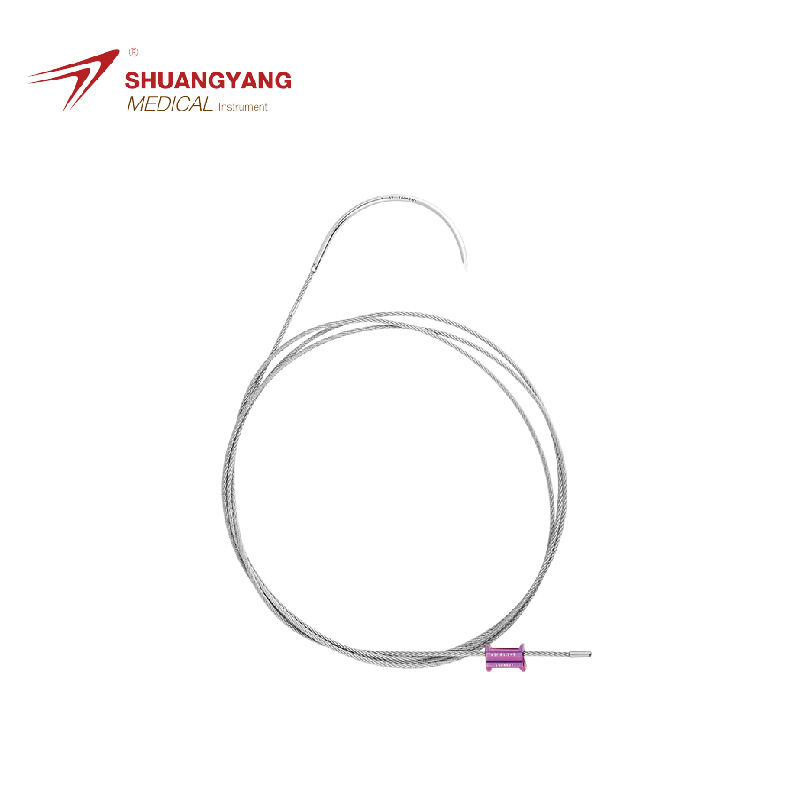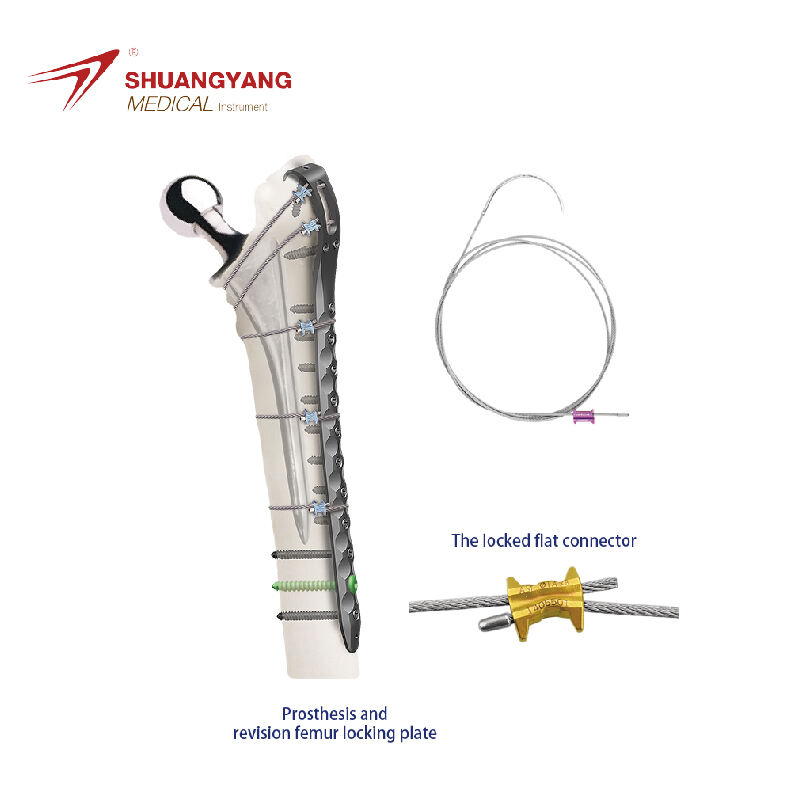parts of sternum
The sternum, commonly known as the breastbone, is a flat bone that forms the front part of the rib cage. It consists of three main parts: the manubrium, the body, and the xiphoid process. The manubrium is the upper part that connects to the clavicle, while the body is the central and longest part, and the xiphoid process is a small, cartilaginous extension at the bottom. The sternum has several functions, including protecting vital organs like the heart and lungs, serving as an attachment point for ribs, and providing support for the shoulder girdle. Technological features of the sternum include its unique shape and structure, which allow it to withstand significant amounts of pressure and force. In medical applications, the sternum is crucial for surgeries such as median sternotomy, where it is cut open to access the heart and lungs.


